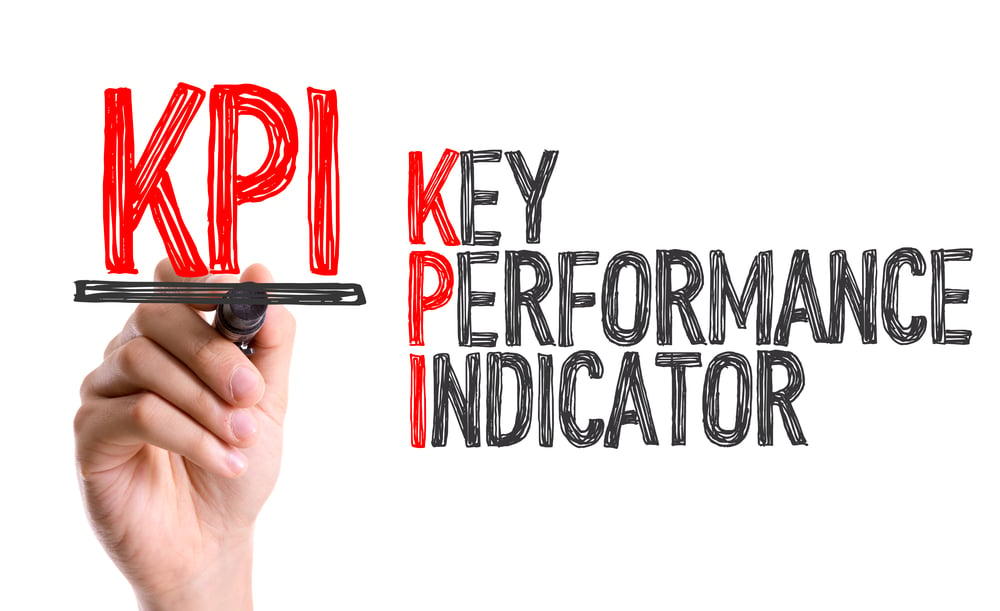Beyond Event ROI: Why Return on Objectives (ROO) Reigns Supreme
Is Event ROI the most important metric?
For marketers and sales teams navigating the bustling world of exhibitions, the ultimate question always looms: was it worth it? Traditionally, the answer has often been sought in the familiar metric of Return on Investment (ROI) – a straightforward calculation of revenue generated against the cost incurred. However, this video sheds light on why a different performance measure, Return on Objectives (ROO), offers a far more effective lens through which to evaluate the true success of your exhibit efforts.
The video clearly delineates the fundamental differences between these two approaches. ROI, at its core, is a revenue-driven metric. It thrives on clearly defined monetary values and quantifiable numbers, providing a percentage that indicates the profitability of your investment. The formula is simple: (Revenue - Cost) / Cost x 100. This makes it a seemingly logical choice for assessing the financial success of any business activity.
However, while revenue generation is undoubtedly a long-term goal for most marketing endeavors, it's not always the primary objective for exhibiting. Trade shows and exhibitions serve a multitude of purposes. Your goals might range from simply collecting valuable leads and conducting engaging product demos to building crucial brand awareness, educating your target audience, or fostering strategic partnerships through face-to-face meetings.
This is where ROO steps into the spotlight. Unlike ROI's singular focus on financial returns, ROO is a performance measure designed to evaluate the impact and success of a marketing activity based on the achievement of a set of pre-defined objectives. Each of these objectives, crucially, contains its own numerical measurement criteria. This allows for a much more nuanced and holistic assessment of your exhibit's performance.
The video convincingly argues that for exhibitions, ROO often surpasses ROI in its effectiveness. The inherent nature of trade shows, often involving long sales cycles and complex customer journeys, makes directly attributing revenue to a specific exhibit a challenging, if not impossible, task. Relying solely on ROI can therefore paint an incomplete and potentially misleading picture of your exhibit's true value.
ROO, on the other hand, directly addresses the multifaceted reasons for exhibiting. By measuring success against the pre-determined goals – whether it's the number of leads collected, the quantity of demos conducted, the increase in brand mentions, or the successful strategic meetings held – ROO provides an immediate and actionable assessment of your exhibit's impact. This immediate feedback is invaluable for event and marketing teams looking to prove the value of their efforts and effectively defend their budgets.
In conclusion, while ROI undoubtedly holds its significance in evaluating the overarching success of your wider marketing campaigns, the video makes a compelling case for ROO being the king when it comes to measuring the specific success of your trade show exhibits. By shifting the focus from purely financial returns to the achievement of clearly defined objectives, ROO provides a more accurate, immediate, and ultimately more useful measure of the true value your exhibition brings to your overall marketing strategy. It's time to look beyond the bottom line and embrace a more objective-driven approach to evaluating your exhibit success.
.png?width=150&height=61&name=explori_logo%20(1).png)



